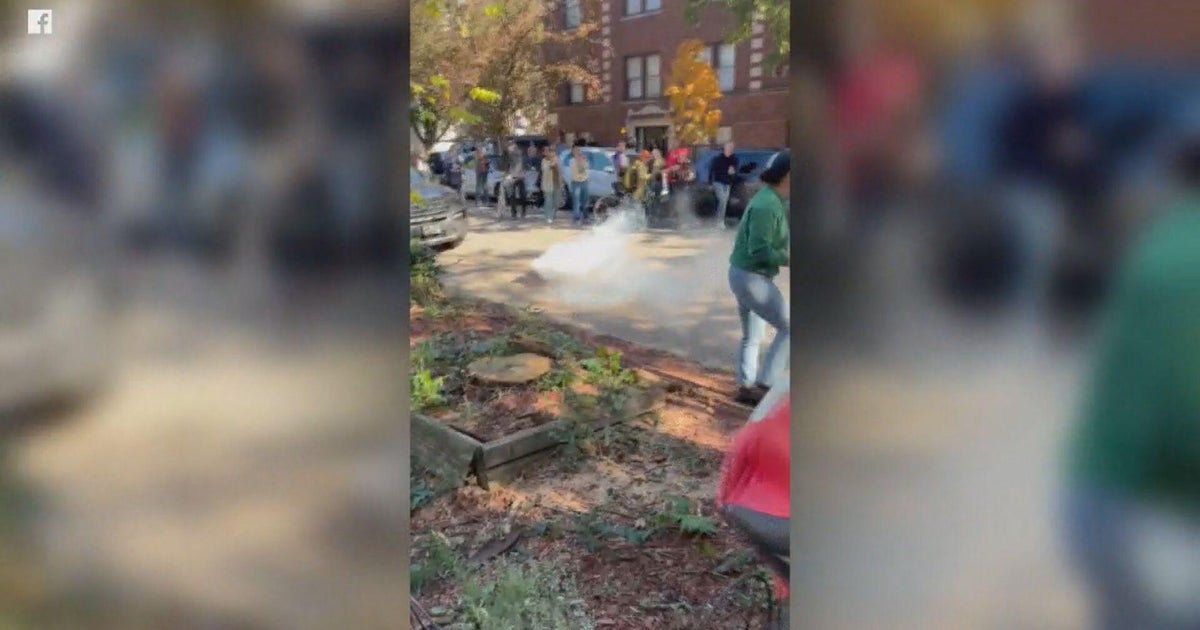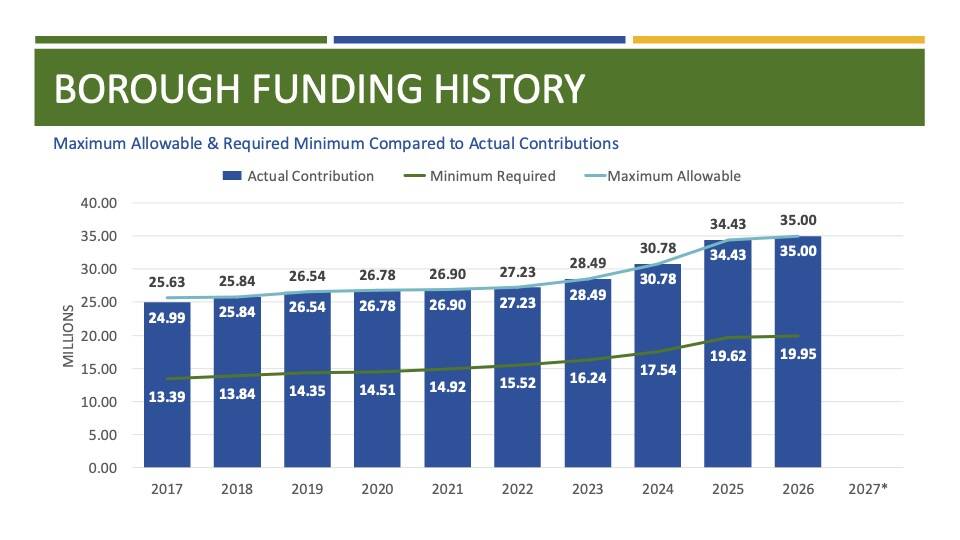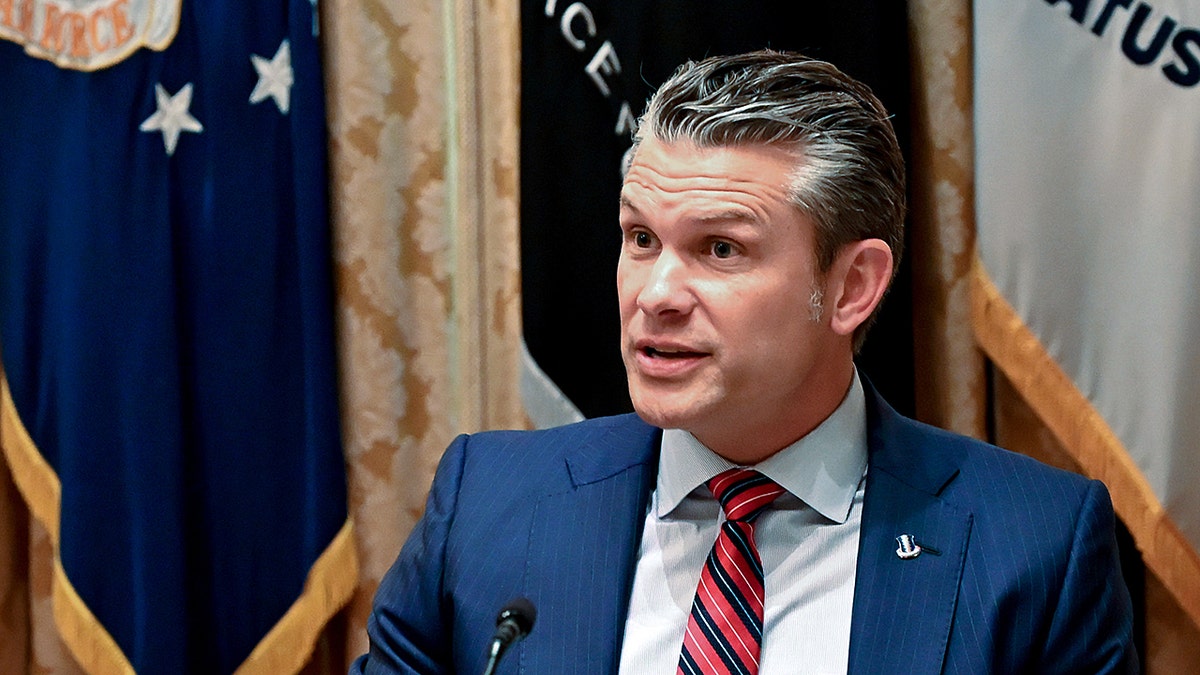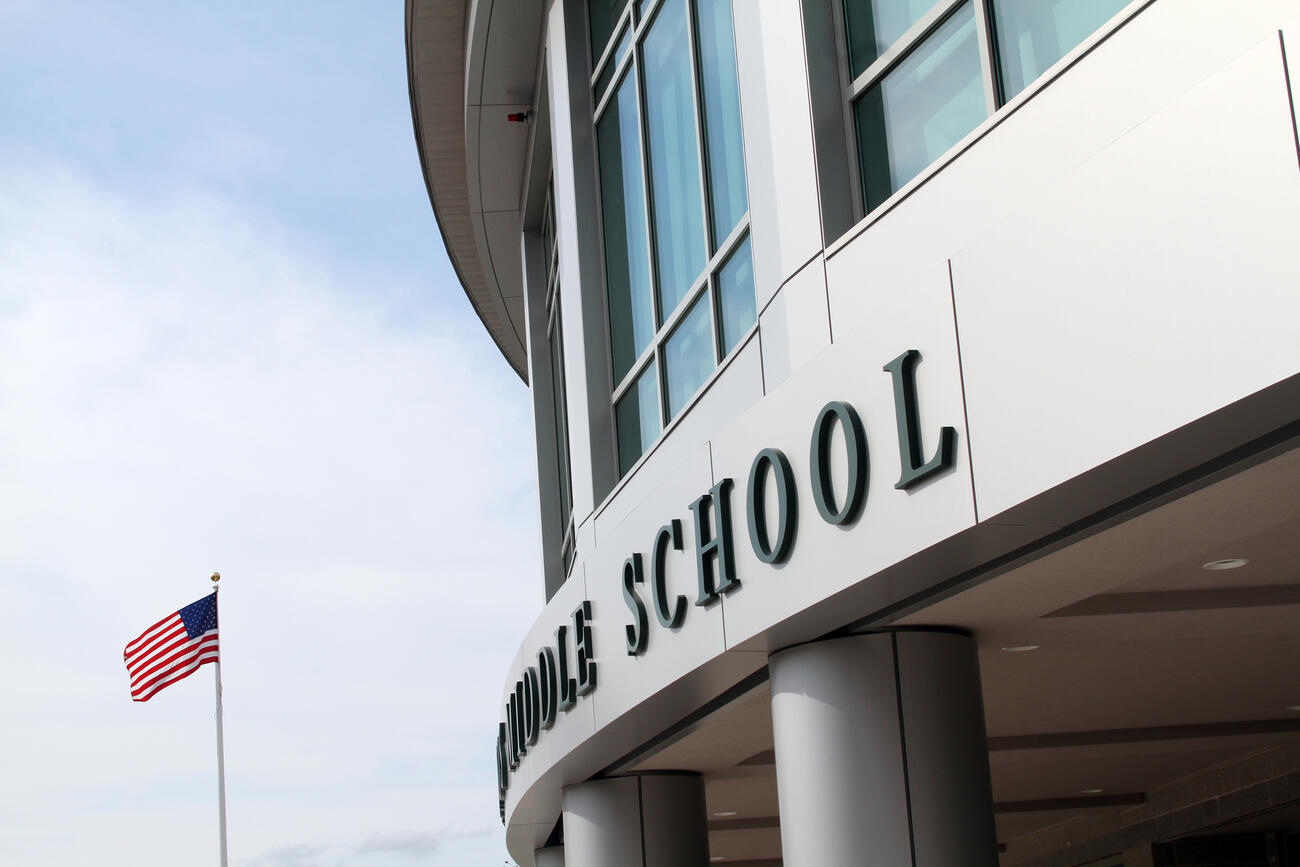Report on Federal Law Enforcement Actions in Chicago and Their Impact on Sustainable Development Goals
Executive Summary
- This report details a series of incidents involving federal law enforcement agents in Chicago’s North and Northwest Sides.
- The actions, which included detentions and the use of tear gas, have significant implications for several United Nations Sustainable Development Goals (SDGs).
- Key areas of concern relate to the erosion of peace and justice (SDG 16), the safety and inclusivity of communities (SDG 11), public health and well-being (SDG 3), access to quality education (SDG 4), and decent work (SDG 8).
- The events highlight a conflict between federal enforcement tactics and the foundational principles of sustainable urban development.
Analysis of Incidents in Relation to SDG 16: Peace, Justice and Strong Institutions
The reported actions challenge the objective of promoting peaceful societies and ensuring access to justice for all. The lack of transparent and accountable institutions is a central theme.
- Access to Justice: Local officials reported that individuals, particularly construction workers, were detained without their rights being read, undermining the principle of equal access to justice. Community advocates described the actions as “kidnapping,” indicating a profound loss of trust in institutional processes.
- Rule of Law: The deployment of tear gas canisters on a residential street by federal agents was noted. This action occurred despite a federal court order reportedly in place to limit the use of such force, raising questions about institutional adherence to the rule of law.
- Accountable Institutions: Community members and local leaders expressed concerns about a lack of accountability, citing fear and terror being caused within their communities. The response from Chicago Police to de-escalate crowd situations, rather than assist federal agents, suggests a jurisdictional and procedural friction between local and federal institutions.
Impact on SDG 11: Sustainable Cities and Communities
The goal of making cities inclusive, safe, resilient, and sustainable was directly compromised by the incidents, which disrupted the safety and social fabric of multiple neighborhoods.
- Community Safety: The presence of federal agents and their confrontational tactics created an environment of fear and insecurity in public and residential spaces, including outside a medical clinic, a preschool, and on neighborhood streets. This directly contravenes the goal of ensuring safe urban environments for all residents.
- Social Inclusivity: The targeting of specific demographics, including immigrant workers, undermines the creation of an inclusive society. While the community response demonstrated social cohesion in protesting the actions, the initial enforcement activities fostered division and fear.
- Resilience: The necessity for residents to remain “vigilant” and for schools to enter lockdowns indicates a disruption to the normal functioning and resilience of the community.
Implications for Health, Education, and Economic Stability (SDGs 3, 4, 8)
The consequences of the enforcement actions extended into critical areas of human development, affecting well-being, education, and economic security.
- SDG 3: Good Health and Well-being
- The use of tear gas poses a direct physical health risk to residents, including children and bystanders.
- The climate of fear, evidenced by video of crying students in a preschool witnessing detentions, contributes to significant psychological distress and negatively impacts community mental well-being.
- An incident involving the detention of a man waiting for his pregnant wife outside a medical clinic highlights the potential for disruption to essential healthcare access.
- SDG 4: Quality Education
- Multiple schools, including A.N. Pritzker Elementary, were placed on “soft lockdown” as a direct result of federal agent activity in their vicinity.
- These security measures disrupt the educational environment, creating an atmosphere of anxiety that is not conducive to learning and compromises the goal of providing safe, inclusive, and effective learning environments.
- SDG 8: Decent Work and Economic Growth
- Local officials reported that “construction workers, landscapers and nannies” appeared to be targets.
- These actions disrupt local economic activity and create conditions of precarity for workers, undermining the principles of full, productive employment and decent work for all.
Conclusion: A Challenge to Inclusive and Sustainable Development
- The enforcement tactics documented in Chicago present a direct conflict with the holistic vision of the Sustainable Development Goals.
- The actions undermine progress toward building peaceful and just societies (SDG 16) and ensuring cities are safe and inclusive (SDG 11).
- Furthermore, the incidents create tangible setbacks for public health (SDG 3), education (SDG 4), and economic stability (SDG 8), while exacerbating inequalities (SDG 10) by disproportionately affecting vulnerable community members.
Analysis of Sustainable Development Goals in the Article
1. Which SDGs are addressed or connected to the issues highlighted in the article?
- SDG 16: Peace, Justice and Strong Institutions: The article’s central theme revolves around the actions of federal agents, the community’s response, and the implications for justice, safety, and the rule of law. The detentions, use of force, and lack of due process described directly challenge the principles of peaceful societies and just institutions.
- SDG 11: Sustainable Cities and Communities: The events unfold in urban neighborhoods (Lakeview, West Town, Wicker Park), directly impacting the safety and inclusivity of public spaces. The use of tear gas on a residential street and the fear generated by federal agents’ presence make the community environment unsafe.
- SDG 4: Quality Education: The article explicitly mentions that several schools, including an elementary school and a preschool, were forced into “soft lockdown” as a direct result of the federal agents’ activities. This disrupts the educational environment and compromises the safety and well-being of students and staff.
- SDG 8: Decent Work and Economic Growth: The article highlights that the individuals targeted and detained include “construction workers, landscapers and nannies,” as well as a night manager. These actions create an insecure and fearful working environment, particularly for migrant workers or those in precarious employment, and disrupt economic activity.
2. What specific targets under those SDGs can be identified based on the article’s content?
-
Under SDG 16 (Peace, Justice and Strong Institutions):
- Target 16.1: “Significantly reduce all forms of violence and related death rates everywhere.” The article describes federal agents using physical force, including a “physical altercation” and deploying tear gas on a residential street, which constitutes a form of violence against civilians.
- Target 16.3: “Promote the rule of law at the national and international levels and ensure equal access to justice for all.” The alderman’s statement that “There’s no name involved, there’s no reading of rights. They’re just grabbing people,” and an advocate calling the actions “kidnapping” point to a breakdown in the rule of law and a lack of due process for those detained.
-
Under SDG 11 (Sustainable Cities and Communities):
- Target 11.7: “By 2030, provide universal access to safe, inclusive and accessible, green and public spaces…” The presence of federal agents conducting enforcement operations and using tear gas makes public streets and areas outside schools and clinics unsafe and inaccessible for residents, including children walking and people walking their dogs.
-
Under SDG 4 (Quality Education):
- Target 4.a: “Build and upgrade education facilities that are child, disability and gender sensitive and provide safe, non-violent, inclusive and effective learning environments for all.” The article states that multiple schools went into “soft lockdown” for safety, and video from a preschool shows agents detaining people outside while “students can be heard crying in the background.” This directly undermines the creation of a safe and non-violent learning environment.
-
Under SDG 8 (Decent Work and Economic Growth):
- Target 8.8: “Protect labour rights and promote safe and secure working environments for all workers, including migrant workers…” The targeting of “construction workers, landscapers and nannies” at their work sites creates an insecure and intimidating environment, directly conflicting with the goal of promoting safe working conditions.
3. Are there any indicators mentioned or implied in the article that can be used to measure progress towards the identified targets?
-
Under SDG 16 (Peace, Justice and Strong Institutions):
- Implied Indicator for Target 16.1: The article provides qualitative evidence of violence by authorities. An indicator could be the “Number of incidents of excessive force or use of prohibited tactics (e.g., tear gas) by law enforcement in civilian areas,” as the article explicitly mentions tear gas being used in violation of a federal court order.
- Implied Indicator for Target 16.3: The lack of due process is a key theme. A relevant indicator would be the “Number of reported arbitrary detentions or arrests without due process.” The quote “They’re just grabbing people” without reading rights serves as anecdotal evidence for this.
-
Under SDG 11 (Sustainable Cities and Communities):
- Implied Indicator for Target 11.7: The article describes how community members felt unsafe. An indicator could be the “Proportion of the population feeling unsafe in public spaces.” The community response, including protests and residents remaining “vigilant,” implies a high level of perceived unsafety.
-
Under SDG 4 (Quality Education):
- Implied Indicator for Target 4.a: The disruption to education is clearly stated. A direct indicator from the article is the “Number of schools implementing security lockdowns due to external threats.” The text names several schools that took this precaution (A.N. Pritzker Elementary, Mitchell Elementary, etc.).
-
Under SDG 8 (Decent Work and Economic Growth):
- Implied Indicator for Target 8.8: The article specifies the occupations of those targeted. An indicator could be the “Number of workers detained or subjected to enforcement actions at their place of employment,” with the article providing examples of construction workers and a night manager.
4. Summary Table of SDGs, Targets, and Indicators
| SDGs | Targets | Indicators (Mentioned or Implied in the Article) |
|---|---|---|
| SDG 16: Peace, Justice and Strong Institutions | 16.1: Significantly reduce all forms of violence. | Incidents of violence by authorities, specifically the use of tear gas on a residential street and physical altercations during detentions. |
| SDG 16: Peace, Justice and Strong Institutions | 16.3: Promote the rule of law and ensure equal access to justice. | Reports of detentions without the reading of rights, described as “just grabbing people,” suggesting a lack of due process. |
| SDG 11: Sustainable Cities and Communities | 11.7: Provide universal access to safe and inclusive public spaces. | Public spaces (streets near homes, schools, and clinics) rendered unsafe by federal agent activity, causing fear among residents. |
| SDG 4: Quality Education | 4.a: Provide safe, non-violent and inclusive learning environments for all. | Multiple schools (preschool, elementary, college prep) entering “soft lockdown” for safety; students crying after witnessing detentions. |
| SDG 8: Decent Work and Economic Growth | 8.8: Protect labour rights and promote safe and secure working environments. | Detention of individuals at their workplaces or while engaged in their work (e.g., construction workers, a night manager). |
Source: cbsnews.com







